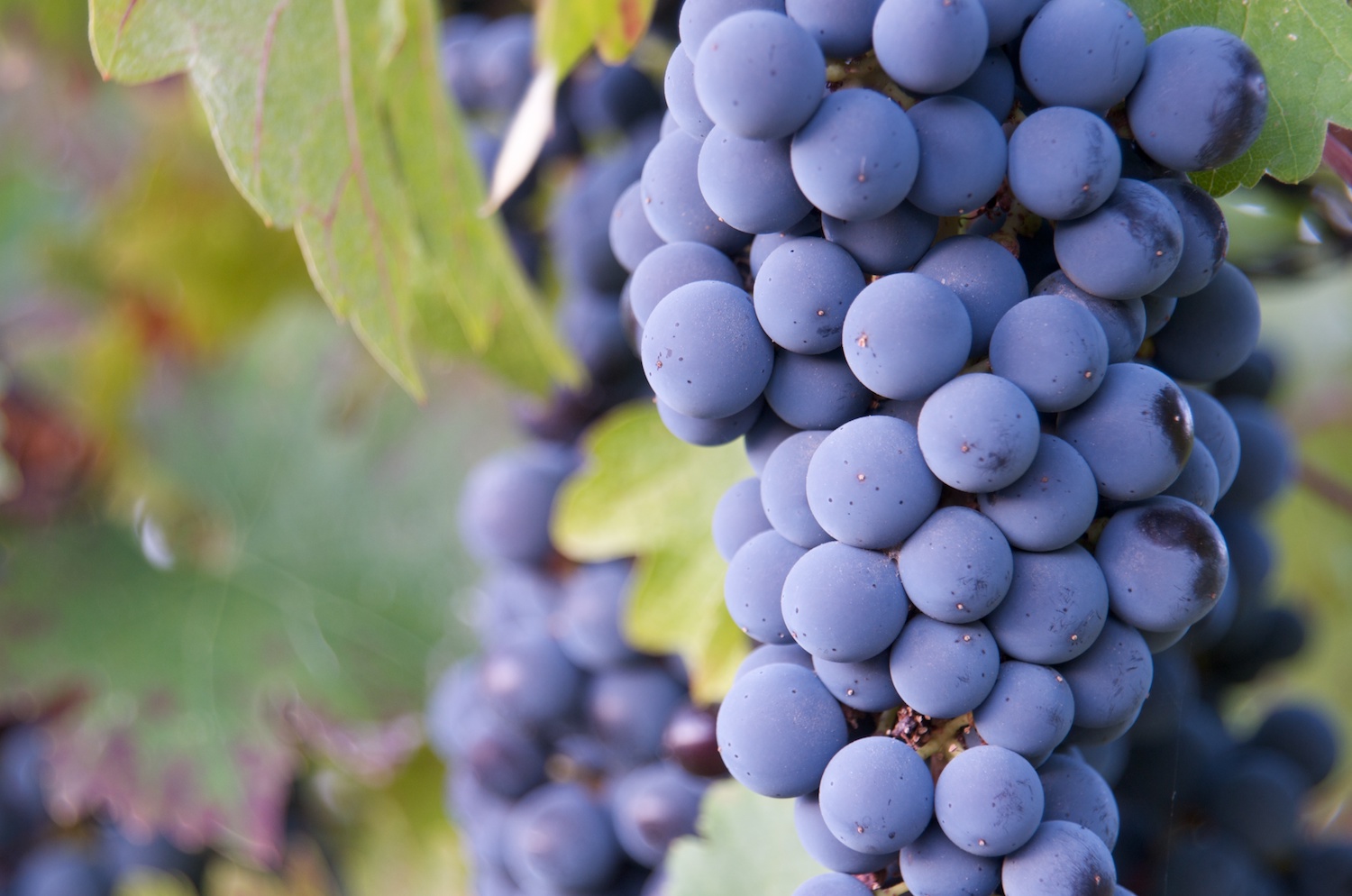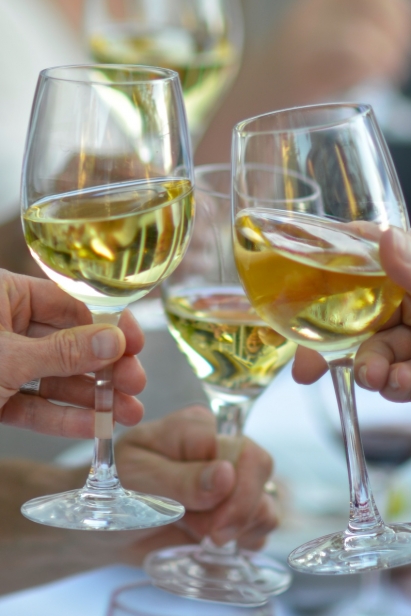Warming to a New Wine World
My memory may be indistinct, but I recall more than one Idaho grape grower alluding to warming temperatures affecting the ripening of red grapes. And with recent plantings and harvesting of notoriously late ripeners — Mourvédre, Grenache, Cabernet Sauvignon — I tested my theory by surveying grape growers, winemakers and experts in Idaho viticulture. The answers were resounding: slightly, possibly, not so much and it really doesn’t matter.
No one has a more comprehensive view on Idaho grape growing than vineyard manager Dale Jeffers, who oversees the 500 acres of Nampa’s Skyline and Sawtooth vineyards. Principally owned by Seattle-based Precept Wine, the Goliath of Idaho’s wine business, Precept Wine owns both Ste. Chapelle and Sawtooth wineries. These vineyards started planting grape varietals in 1999 with 16-acre blocks on each. Entering his 16th harvest, Jeffers has been there since the beginning.
An epicenter for testing, the USDA has had experimental blocks in Idaho, and today the Sawtooth and Skyline vineyards produce 22 grape varietals that have 17 distinct buyers. Ste. Chapelle, the state’s largest wine producer by almost ten to one, not surprisingly purchases between 1,600 to 2,000 tons annually, Sawtooth between 300 to 400 and the independent Cinder Wines 50 to 60. Want to see the future of Southwest Idaho vintages? Ask Jeffers what he’s growing. Besides the usual Cabernet Sauvignon, Merlot, Chardonnay, Tempranillo and Riesling, he mentions late ripeners Mourvédre and Grenache as well as Carménère.
Does Dale Jeffers think that this century’s warming temperatures have enabled the late varietals to reach ripeness? Sugar quantity in wine grapes are measured by the Brix scale; most wine grape growers look for about 25 Brix. He states that the late ripeners are reaching levels of 25, even 26, and reluctantly admits that climate change has had a “slight” role in ripening.
Undaunted, I visited Bitner Vineyards’ Ron Bitner, pioneer Sunny Slope grape grower (his vines go back to 1981) and Ph.D. bee biologist, to get his thoughts. Bitner argues that the greatest influence of climate change may be drought. Witness California’s current water crisis. He added that Idaho growers’ abilities to harvest late ripeners might have as much to do with improved viticultural practices such as Vertical Shoot Positioning (VSP), a trellis design that lets the fruit get better air flow and more sunlight. He did note that in his work with bees, warming temperatures had hurt bee populations.
Next I queried two of Idaho’s award-winning younger winemakers, Melanie Krause — who is Cinder’s co-owner and winemaker as well as the winemaker for Huston — and Martin Fujishin, who in addition to his work at Fujishin Family Cellars, has taught viticulture at Treasure Valley Community College in Caldwell.
Melanie Krause pointed out “The weather changes so much on a year-to-year basis, I think it is impossible for farmers or winemakers to draw conclusions about climate change trends. We are looking at time frames of 10-20 years and within those years we may see records set for both cool temperatures and warm temperatures.” She says that even within this century’s warming trend there were still cold years like 2010 and 2011. And added, “I’m personally a fan of varieties that have shorter growing season requirements and perform well in intense sunlight and heat . . . Viognier, Syrah and Tempranillo all fit these criteria, so we produce a lot of them at Cinder.” Cinder divides its wines equally between reds and whites.
Martin Fujishin, who produces about two thirds reds to one third whites, echoed Krause with a minimal bow to warmer temperatures, but not really: “In the 10 harvests that I have experienced in Idaho I think we have seen a gradual increase in our ability to harvest and utilize late-ripening varietals. I’m not entirely certain that those changes can be attributed to a change in climate . . . they likely have more to do with the improved viticultural practices that are being utilized in Idaho and a gradual move from the old California style training to one that is more suitable for Idaho.”
Finally, I decided to consult Greg Jones, author of the most thorough study on suitable sites for grape growing in our vast Snake River AVA (American Viticulture Area). Jones knocked my tattered theory into a cocked hat: “The warming trends in the region started in the 1940-1950 period with warming during both the winter and summer. Winter warming has produced a situation today where there is much less winter damage than in the past. It does not mean that winter extremes don’t happen anymore (evidence this winter), it just means that they occur less frequently.”
Okay, my memory may have been overactive. But the ability of late ripeners to reach maturity is significant for Idaho red wines. Dale Jeffers told me that he went to a wine industry tasting a few months back and reported that the young 2013 Cab had softer tannins and better flavors than in past years.
Accidental, perhaps, but be it a “slight” warming trend, better trellising and viticulture practices, an unusually good year for Cabs portend positive things for Idaho grapes.
Skyline
Sawtooth | @sawtoothwinery
Precept Wine | @preceptwine
Ste. Chapelle | @stechapellewinery
Cinder Wines | @cinderwines
Bitner Vineyards | @bitnervineyard
Huston | @hustonvineyards
Treasure Valley Community College
Fujishin Family Cellars








